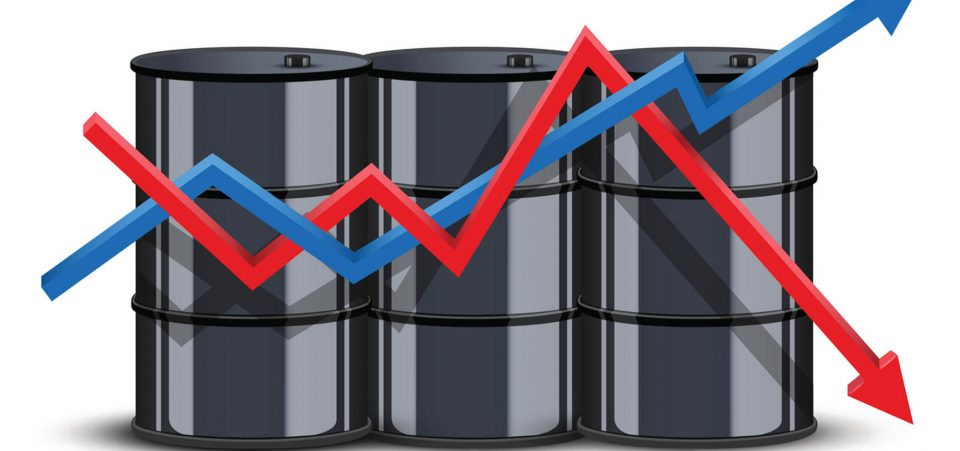Will 2017 Mark the Return of $70 Oil? Not Likely
Oil prices seem to be heading toward the $60.00 mark. On January 3, the price of oil was soaring, fueled by the OPEC and non-OPEC producers’ decision to cut the output of crude oil. On the New York Mercantile Exchange, Light Sweet Crude hit $55.12 per barrel (+2.61%) while Brent Crude hit $58.20 per barrel. Does this mean oil prices will hit $70.00 in 2017?
The goal is to cut about 1.8 million barrels of daily production, but through a gradual process. The big question is whether oil producers will keep within the agreed-upon production rates. A number of factors suggest that a $70.00-per-barrel oil price in 2017 remains elusive, or unlikely at best.
The agreement reached at the end of last November defied most analysts’ expectations. OPEC had finally reached a deal to curb production. It sent oil prices shooting up some five percent, virtually overnight. It certainly looks like oil could hit $60.00, but a $70.00 oil price is unlikely.
Indeed, there are significant political clouds casting a shadow over the bullish oil price sentiment. Optimists expect that Brent Crude could exceed $61.00 per barrel in 2017. They even see it potentially hitting $70.00 mid-year. (Source: “Here are some wild oil predictions for 2017,” Business Insider, December 26, 2016.)
But, for that to happen, Saudi Arabia and the other Gulf countries would have to cut crude oil production as agreed. Russia and other non-OPEC players would have the same OPEC member obligation to meet the cuts. They would try to exploit, or “maximize” the benefits of the current higher price, by merely freezing production at current levels. At best, Russia and a handful of others would reduce production just slightly.
Saudis Will Keep Close Eye on Oil Prices
The Saudis will be keeping a close watch on the price of oil so it doesn’t get out of hand. By “out of hand,” I mean so high as to make shale producers in Texas and Canada competitive again. After all, the Saudis were unabashedly driving prices down to make shale, unconventional oil, and alternative energy resources uncompetitive.
At $70.00 per barrel, the Saudis would push prices down. Then there is the whole question of economic growth. While the United States is still in enjoying its Trump euphoria, the reality of his economic policies has not had a chance to prove itself yet.
China has offered clear indications: the yuan is collapsing, capital flight is rising, and the government has lowered its gross domestic product (GDP) estimate to below 6.5%. In other words, oil supply could exceed demand in 2017, rather than the other way around. Therefore, balancing the optimists and pessimists, oil should remain within current levels of about $54.00-$55.00 on average.
But There’s Still the Trump-Putin Factor…
There is one bullish factor, however: better relations between Russia and the United States. If U.S. President Trump and Russian President Vladimir Putin really do manage to improve bilateral ties, they have a mutual interest in boosting oil prices.
Russia has suffered from the low oil price regime imposed by the Saudis, but so have American producers. Higher prices benefit both administrations. The problem is that OPEC is controlled by the Saudis and, while many Middle Eastern producers would benefit from a more bullish oil trend, Iran and Iraq remain key players.
That’s a problem. Because Iran and Iraq are Shiite powers. Iran has helped directly finance and support militias in Syria, Yemen, Iraq, and Lebanon that are fighting against essentially Saudi interests. There’s also a war in Yemen that continues, despite the mainstream media’s lack of attention. Even more so than the civil war in Syria, the conflict in Yemen has become a proxy war between Saudi Arabia and Iran.
Therefore, even as everyone benefits from a higher oil price, there are many risks that could shake the production cut agreements. This could prevent oil prices from rising to such levels as $70.00. Speculation and volatility will likely be high over the next few months, however, as the Trump administration gets settled.






